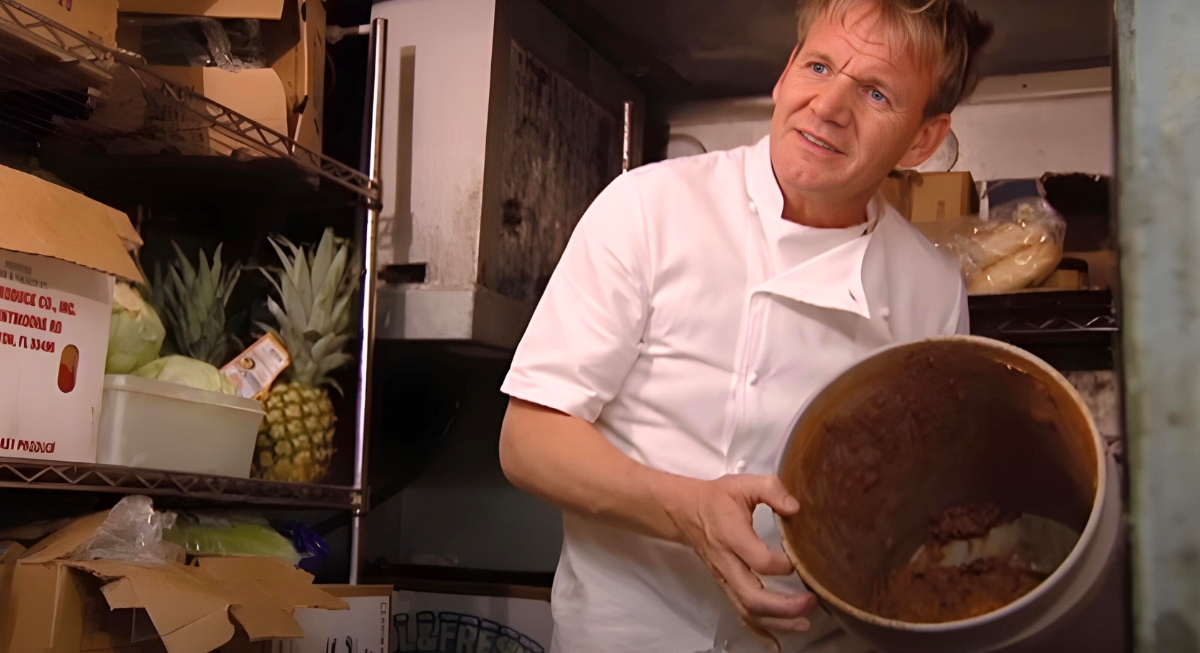You buy the good olive oil. You splurge on imported Parmesan. You follow the recipe exactly, right down to the quarter teaspoon of smoked paprika. So why, after all that effort, does your homemade version still fall short of the restaurant dish that inspired it? The truth is, it’s not just you — and it’s not just the ingredients, either.
Behind every mind-blowing bite at a restaurant is a blend of psychology, science, art, and sometimes just a whole lot more butter than you’d dare to use. Once you understand why restaurant food tastes better, you can start borrowing some of the magic for your own kitchen.
Here are 15 reasons why your favorite restaurant meals seem to have that extra something you can’t recreate (yet).
Balanced Flavors Are Built Deliberately
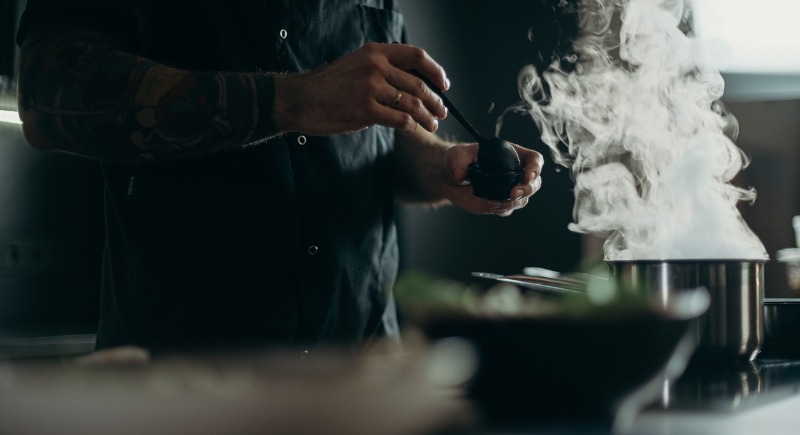
Credit: pexels
Restaurant dishes often strike a fine balance between salty, sweet, acidic, and spicy. This balance is usually achieved through trial and error, a deep understanding of how ingredients interact, and multiple taste tests.
Access to Commercial-Grade Equipment
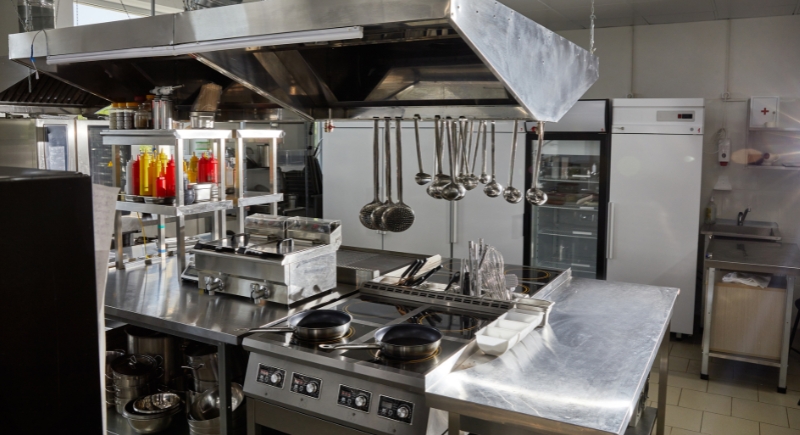
Credit: Canva
A home oven tops out around 500°F, but restaurant ovens are culinary furnaces. A thousand-degree pizza oven can blister dough in seconds, while an industrial flat-top sears a burger with dramatic precision. You simply can’t get the same caramelized crust or crispy-edge magic without that kind of heat.
The Psychological Cost Factor
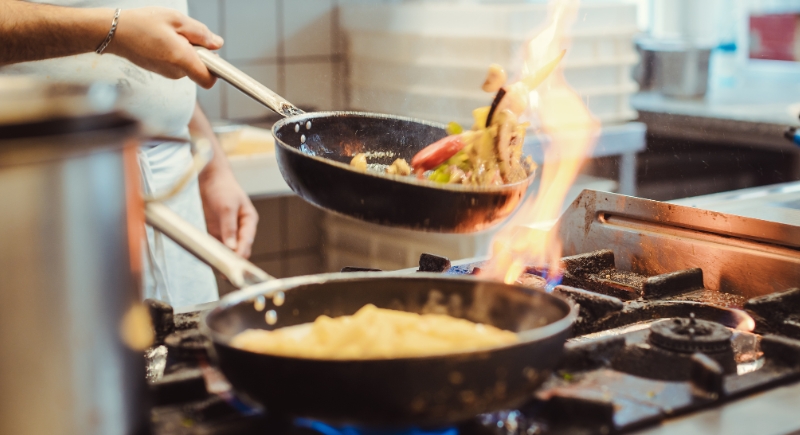
Credit: Kzenon
Here’s the thing: when you spend $32 on a pasta dish, your brain wants to enjoy it. And it probably will — not just because of taste, but because you’re telling yourself it’s special. It’s called expectation bias, and restaurants play it perfectly. They create an experience that elevates the meal before your first bite.
Presentation Matters
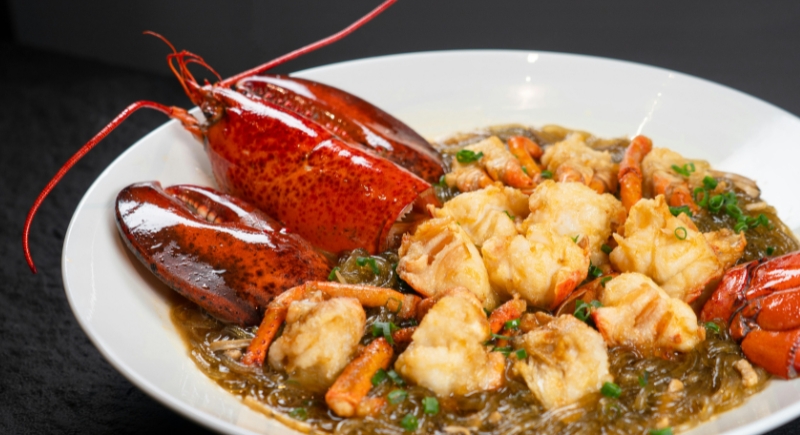
Credit: pexels
Chefs know how to plate food attractively. Garnishes, symmetry, and even the choice of plate all impact how we perceive taste. A dish's visual appeal can enhance your enjoyment of it. At home, we often eat from the pan or plate quickly without much thought to appearance.
They Don’t Skimp on Fats
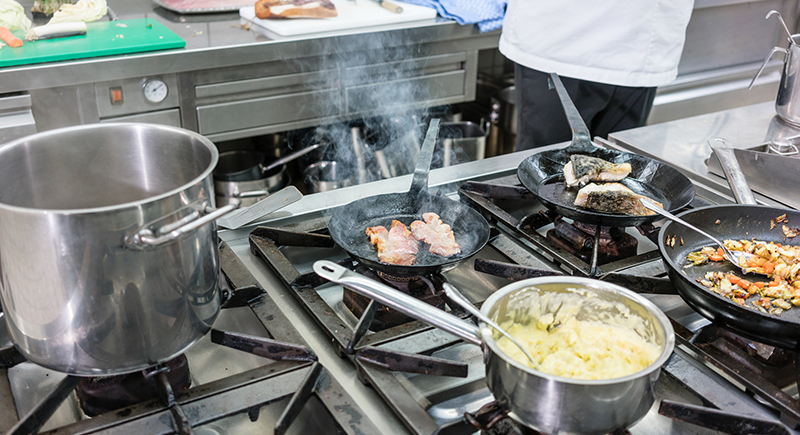
Credit: iStockphotos
Restaurants don’t hold back on fats. Butter in the sauce, butter on the steak, butter on the vegetables — and no apologies. Fat delivers richness, mouthfeel, and depth that can’t be faked. While home cooks might worry about calories or cholesterol, chefs know the difference between “pretty good” and “indulgent perfection” usually comes down to one thing: more fat.
They Season at Every Step
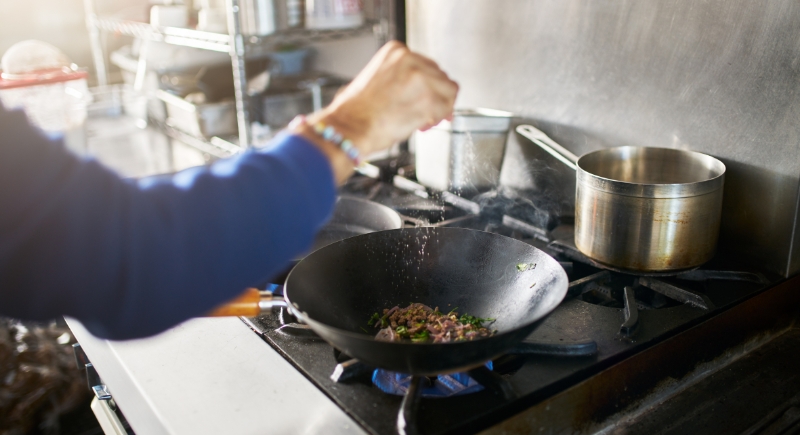
Credit: Canva
One of the biggest gaps between pro cooking and home attempts is seasoning — not just how much, but when and how it’s added. Chefs season at every stage by salting water, marinating proteins, layering spices into sauces, even sprinkling flaky salt on the plate. It’s cumulative. One final dash of salt at the table can’t fix a dish that was bland from the start.
Perfectly Cooked Proteins
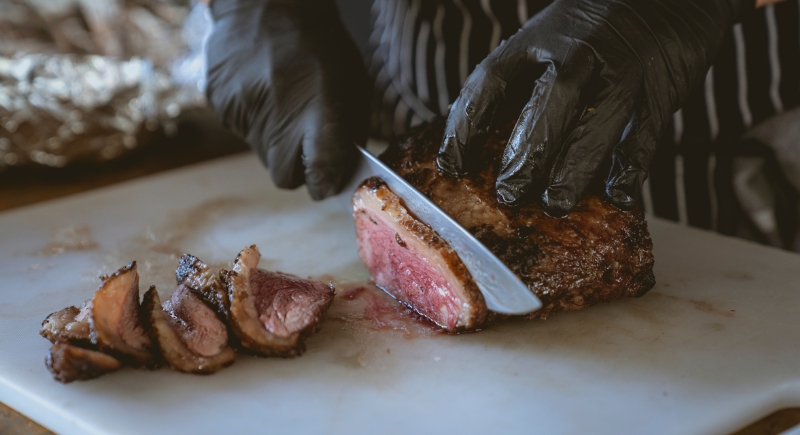
Credit: pexels
Cooking proteins right — juicy chicken, perfectly pink lamb, silky salmon — takes more than guesswork. In restaurants, that perfection is a combo of temperature control, rested meats, and obsessive precision. At home, distracted by phone calls or hungry kids, you might overdo it “just to be safe.” And safe usually means dry.
They Know the Science of Cooking

Credit: Getty Images
From using compound butters to control emulsification to mastering the Maillard reaction for the perfect sear, chefs rely on food science as much as creativity. At home, it's easy to skip steps, rush processes, or misjudge timing, which affects the final taste.
They Plate for the First Bite — Not the Whole Meal

Credit: Getty Images
In restaurants, flavor is front-loaded. That means building a perfect bite, with crispy elements, protein, bright acidity, and maybe a little sauce. All designed to hit hard right away. They’re not thinking about next-day reheating. Home cooks, planning for efficiency or leftovers, might make dishes more uniform, but that means fewer fireworks on the palate.
Restaurants Use Aromatics to Influence the Entire Space
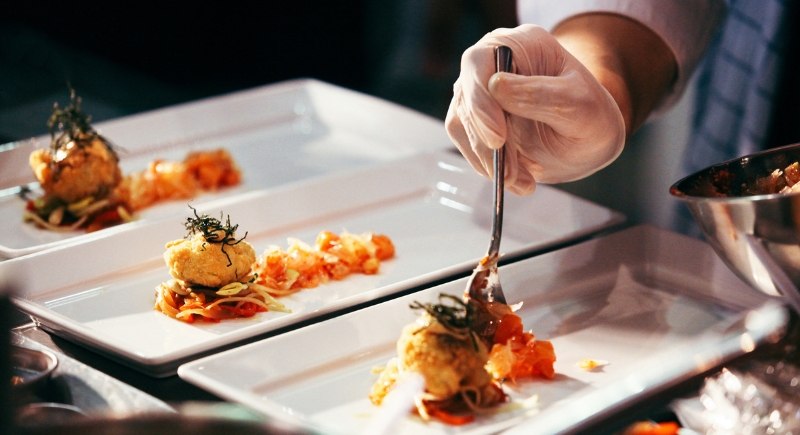
Credit: PrarinyaNorn
Ever notice how a restaurant’s scent pulls you in before you even taste the food? Chefs carefully time the use of aromatics like garlic, herbs, and spices to fill the air with anticipation. This aroma primes your senses and enhances flavor once you start eating.
Chefs Are Experts at Execution

Credit: pixabay
The difference between “almost there” and “divine” is often execution. Chefs know the steps and have done them hundreds of times. That caramelization is timed perfectly, and that dough is kneaded with intuition. Even with a great recipe, results vary wildly depending on skill. It’s like giving a symphony score to someone who just picked up a violin — it’s going to sound different.
Chefs Make Sauces, Stocks, and Dressings from Scratch
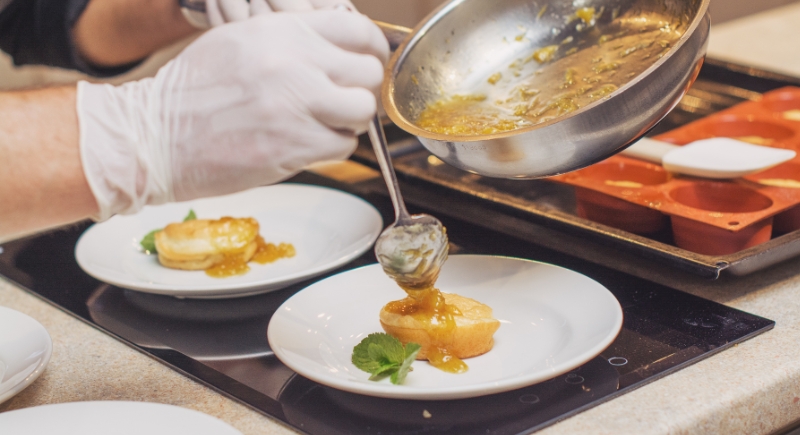
Credit: pexels
The flavor depth in a restaurant dish often comes from freshly made components, such as bone broth simmered for hours or a vinaigrette whipped up just before service. Homemade meals tend to rely on store-bought shortcuts, which, while convenient, rarely match the complexity of handcrafted components.
Restaurants Use Fresher, Higher-Quality Ingredients

Credit: iStockphotos
Restaurants typically receive daily deliveries of fresh produce, meat, and seafood, sourced from specialized suppliers. These ingredients are often in season, carefully chosen for quality, and used within hours. This is not a luxury available to home cooks, which means they often rely on weekly grocery trips, and vegetables can sit in the fridge for days before they’re used.
They Embrace Umami-Rich Ingredients

Credit: iStockphotos
Restaurants frequently use ingredients that enhance umami — the “fifth taste” that gives dishes savory depth. These include soy sauce, anchovies, miso, mushrooms, aged cheese, or even MSG. They add dimension that most home recipes tend to lack or shy away from.
You’re Not Doing the Work
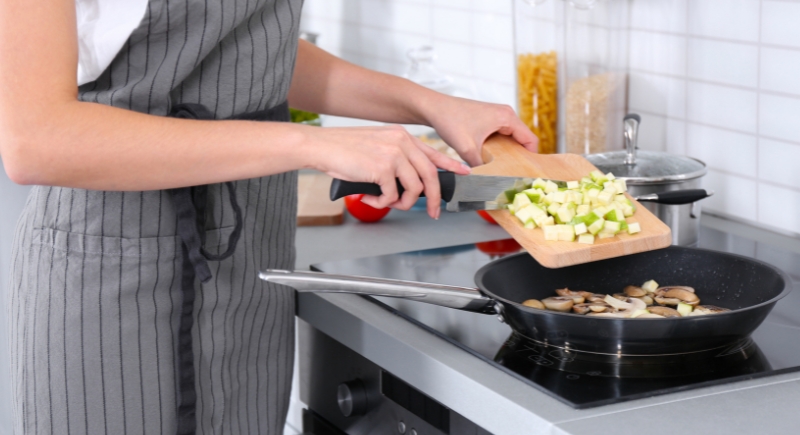
Credit: pixelshot
And finally, the simplest truth: food tastes better when you don’t have to make it. No sweating over hot burners. No dirty dishes stacked like a guilt mountain. No anxiety about whether the chicken is fully cooked. You just sit, eat, and enjoy — and that is the ultimate secret ingredient.





